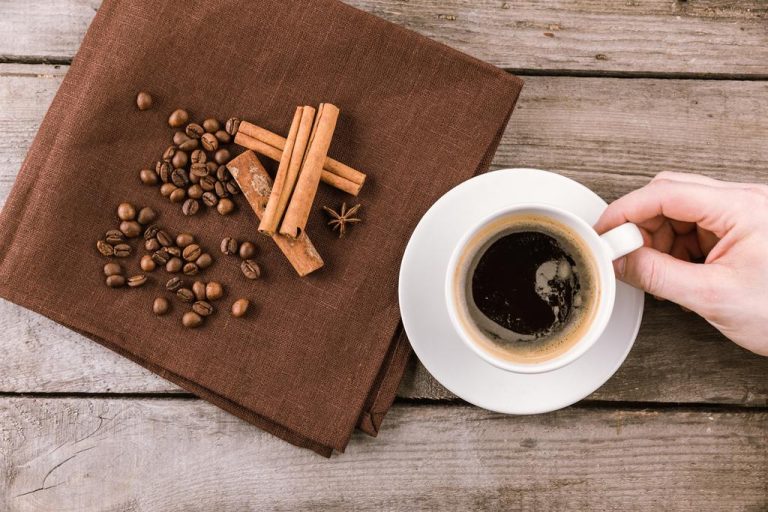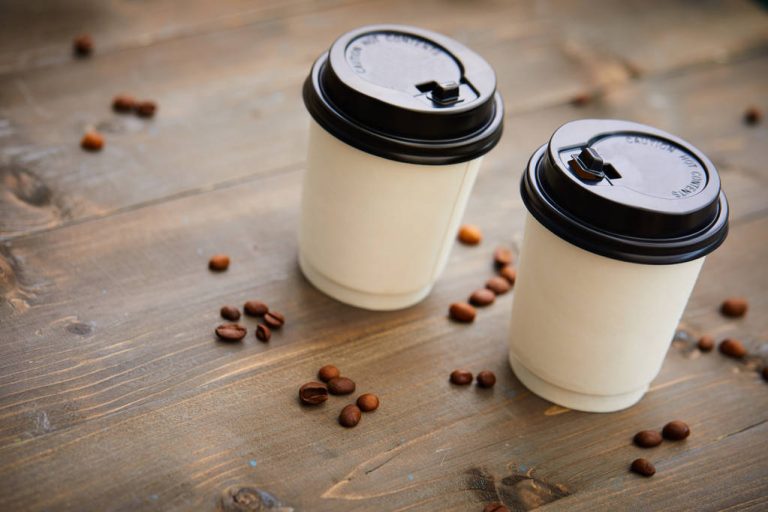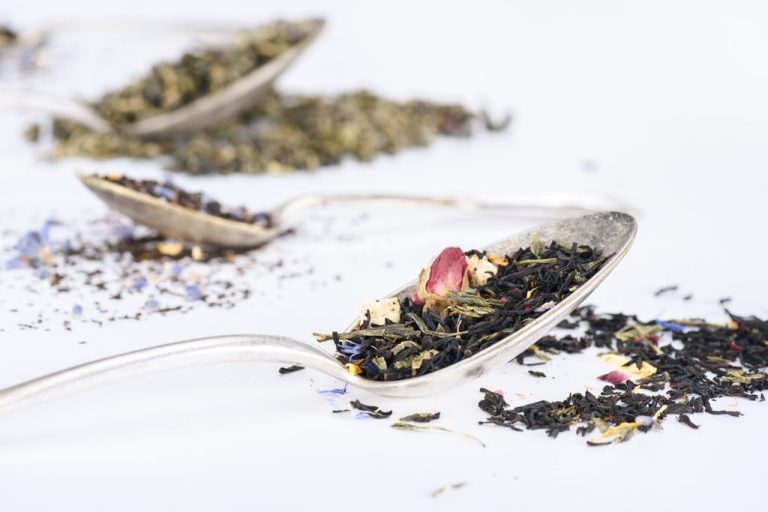We love it especially in winter: hot, wonderfully aromatic tea. Gladly flavored with appetizing flavors that make the tea taste like marzipan or, in summer, like tropical fruits and more. But what are we actually drinking?
Flavored tea is not always “real tea”
“Tea” is, strictly speaking, just the beverage brewed from the leaves of the tea plant. Green tea is simply the dried leaves of the plant. Black tea is more labor intensive. The leaves are first dried a little, then rolled and then oxidized in high humidity.
Everything else that we serve as “tea” is strictly speaking an “infusion drink” and therefore only “tea-like”. This includes everything that we colloquially refer to as “herbal tea” or “fruit tea”, although there are of course also mixtures of dried fruits and herbs, which we also call “tea”.
It doesn’t matter whether it’s “real tea” or “infusion drink”: the shelves are full of the most diverse types and flavors. In the trade, tea compositions with imaginative names are lined up box after box: “Strawberry Cheesecake”, “Peach Panna Cotta”, “Blueberry Muffin” or “Unicorn Tea” are just a few examples of tea types that definitely do not contain what they are supposed to be are named. Wouldn’t be so appetizing to serve a brewed cheesecake in a cup, would it?
But what’s in it if there’s no muffin or unicorn swimming in the teapot?
Flavor additives are not always synthetic
Anyone who immediately thinks of “chemistry” when they think of flavored tea should read the list of ingredients carefully. A tea with added aroma is not always a mixture of synthetically produced flavors.
The classic “Earl Grey”, for example, is flavored with bergamot essential oil, provided it is of good quality, and many other flavored teas do not require any artificial additives by using natural, highly aromatic ingredients such as citrus peels, spices and dried fruits or essential oils. But this is usually not the case and a supposedly healthy tea quickly becomes a “chemical cocktail”.
What is what: natural, nature-identical or artificial?
Flavorings are roughly divided into three groups and must be declared on the list of ingredients:
Natural flavorings: This includes everything that is produced from plant, animal or microbiological raw materials by distillation, extraction or other processes; for example vanillin from vanilla beans.
Nature-identical flavorings: The name can be the same, such as “vanillin”, but there is a manufacturing process behind it that does not use natural raw materials, but runs completely synthetically. From a chemical point of view, however, such flavoring substances are identical to the substances of the same name of natural origin.
Artificial Flavors: This group includes all flavors that do not occur naturally in food. Some of these are modeled after natural flavors, an example is ethyl vanniline. However, many are often quickly recognized as “artificial”. Just think of the colorful variety of aromas, which with names like “green apple” or “banana” only taste remotely like their natural counterpart.
In addition, there are the aroma extracts already mentioned, which are declared as such by name, for example essential oils and also smoke and smoke aromas.
How much aroma is allowed in the tea?
Many flavored tea blends in particular smell (and taste) very strongly of artificial flavorings and have very little to do with the natural ingredients. In Europe, the European Food Safety Authority (EFSA) is responsible for testing flavorings and setting maximum levels. After successful approval, your panel of experts assigns an “E number” to the additive. Important to know: natural flavorings also have E numbers.
For all these E numbers, it is regulated by law that only as much ends up in the finished food as is harmless to health. But if you buy good quality food, you can do without such additives. And, to be honest: does tea really have to taste like cake?














